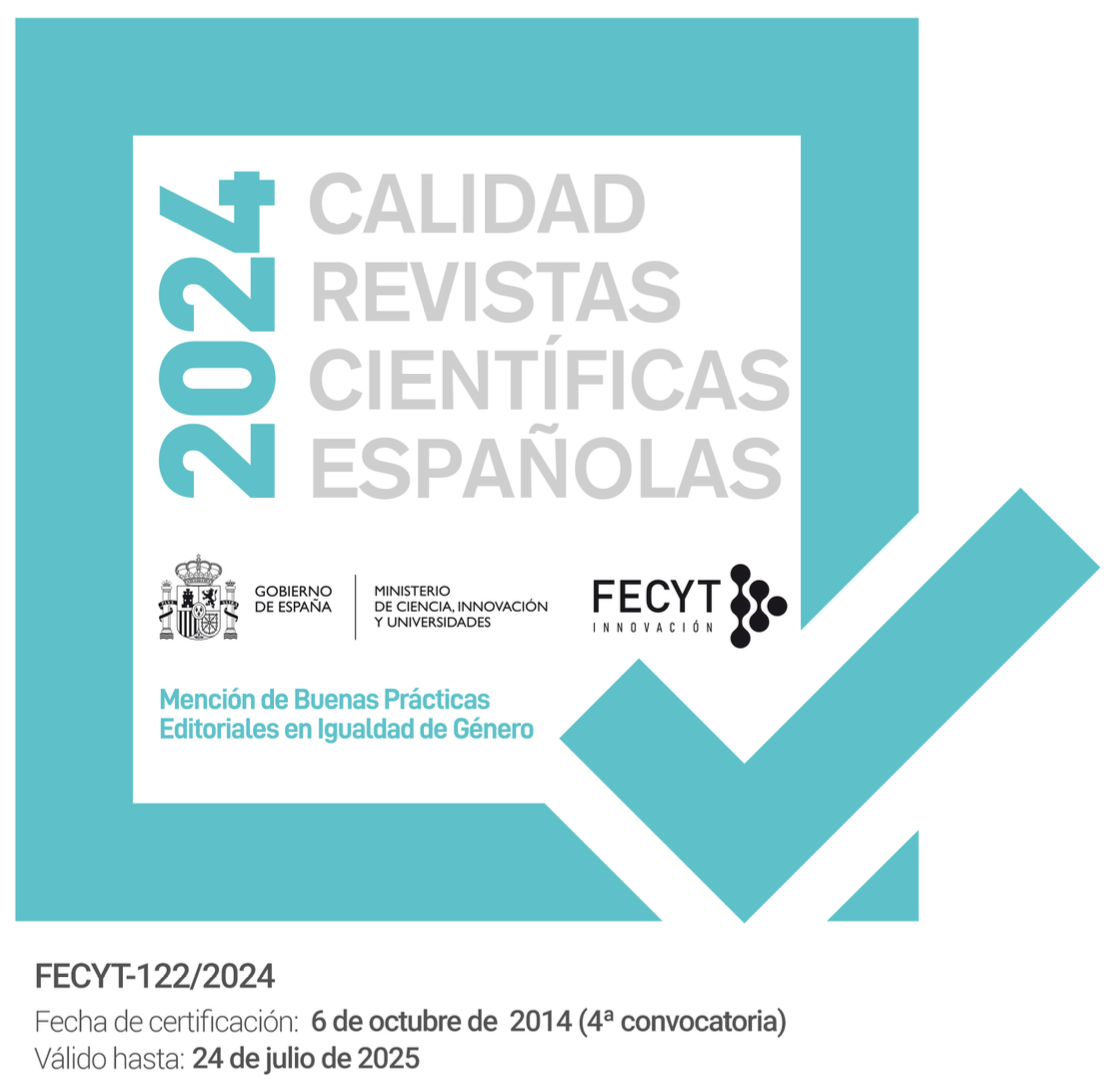Breaking Joy Division’s “Glass”: Reading Song Lyrics as Literature
Abstract
There are various difficulties in reading the words of songs as literary texts. Principal among them is the relation of those words to the story (or star-text) of their author. The life of Ian Curtis as written by his biographers and the songs he wrote for his band, Joy Division, exemplified as they are by the symbolism of breaking glass, are a case in point. Ultimately, more than with any other literary text, their meaning depends on their refraction, analogous to that of the shards of a broken mirror, through multiple other texts and audiences.
Keywords: Joy Division; song lyrics; pop/rock culture; text analysis; intertextuality; reading
Downloads
References
Aleshinskaya, Evgenya. 2013. “Key Components of Musical Discourse Analysis.” Research in Language, 11 (4): 423-444.
Atkinson, David. 2002. The English Traditional Ballad: Theory, Method, Practice. Aldershot: Ashgate.
Ballard, J.G. 1966. The Crystal World. London: Jonathan Cape.
—. 1970. The Atrocity Exhibition. London: Jonathan Cape.
Barthes, Roland. 1990. “The Grain of the Voice.” In On Record: Rock, Pop, and the Writtem Word, edited by Simon Frith and Andrew Godwin, 293-300. London: Routledge.
Bradbury, Malcolm. 1975. The History Man. London: Secker & Warburg.
Christiansen, Jen. 2015. “Pop Culture Pulsar: Origin Story of Joy Division’s Unknown Pleasures Album Cover.” Scientific American, February 18. [Accessed online on October 10, 2016].
Corbijn, Anton. 2007. Control. San Francisco: Weinstein. DVD.
Culler, Jonathan. (1982) 2007. On Deconstruction. Theory and Criticism after Structuralism. Ithaca, New York: Cornwell UP.
Curtis, Deborah. 1995. Touching from a Distance: Ian Curtis and Joy Division. London: Faber and Faber.
—. 2014. “Foreword.” In So This Is Permanence. Joy Division Notebooks and Song Lyrics by Ian Curtis, edited by Deborah Curtis and Jon Savage, vii-xi. London: Faber and Faber.
Curtis, Ian. 2014. So This Is Permanence. Joy Division Notebooks and Song Lyrics, edited by Deborah Curtis and Jon Savage. London: Faber and Faber.
Derrida, Jacques. (1972) 1981. Dissemination. Translated by Barbara Johnson. London: The U of Chicago P.
—. (1974) 1986. Glas. Translated by John P. Leavy, Jr. and Richard Rand. Lincoln: U of Nebraska P.
Division, Joy .1979. Unknown Pleasures. Factory Records, vinyl recording.
—. 1980. Closer. Factory Records, vinyl recording.
Dallas, Karl. 1987. Pink Floyd: Bricks in the Wall. London: Shapolsky / Baton.
Frith, Simon. 1983. Sound Effects. London: Constable
—. 1988. Music for Pleasure. Essays in the Sociology of Pop. New York: Routledge.
Fosse, Bob. (1972) 1998. Cabaret. Burbank, CA: Warner Home Video.
Gee, Grant. 2007. Joy Division. Orlando, FL.: Universal. DVD.
Gibson, Brian. (1980) 2001. Breaking Glass. London: Metrodome. DVD.
Hall, Stuart, ed. 1997. Representation: Cultural Representations and Signifying Practices. London: Sage.
Herzog, Werner. (1976) 2002. Heart of Glass. Beverley Hills, CA: Starz/Anchor Bay. DVD.
—. (1977) 2002. Stroszek. Beverley Hills, CA: Starz / Anchor Bay. DVD.
Hook, Peter. 2013. Unknown Pleasures: Inside Joy Division. New York: HarperCollins.
Heim, Scott, ed. 2012. The First Time I Heard Joy Division/New Order. Rosecliff/Amazon Digital Services.
Hodgart, M.J.C. (1950) 1962. The Ballads. London: Hutchinson UP.
Johnson, Mark. 1987. The Body in the Mind: The Bodily Basis of Meaning, Imagination and Reason. Chicago, IL: Chicago UP.
Lacan, Jacques. (1973) 1994. The Four Fundamental Concepts of Psycho-Analysis. Translated by Alan Sheridan. Harmondsworth: Penguin.
Longhurst, Brian. 1995. Popular Music and Society. Cambridge: Polity.
Mason, Nick 2004. Inside Out. Guildford: Genesis.
Middles, Mick and Lindsay Reade 2006. The Life of Ian Curtis: Torn Apart. London: Omnibus.
Middleton, Richard. 1990. Studying Popular Music. Buckingham and Bristol: Oxford UP.
Moore, Allan F. 2001. Rock: The Primary Text. Developing a Musicology of Rock. 2nd ed. Aldereshot: Ashgate.
—. 2012. Song Means: Analysing and Interpreting Recorded Popular Song. Farham: Ashgate.
Morley, Paul. 2008. Joy Division Piece by Piece. Writing about Joy Division 1977-2007. London: Plexus.
New Order. 2001. “Crystal.” In Get Ready. London Records, CD.
Nice, James. 2010. Shadowplayers: The Rise and Fall of Factory Records. London: Aurum.
Nolan, David. 2007. Bernard Sumner: Confusion. Joy Division, Electronic and New Order versus the World. Church Stretton, Shropshire: Independent Music.
Ott, Chris. 2004. Unknown Pleasures. New York: Continuum.
Otter-Bickerdike, Jennifer. 2014: Fandom, Image and Authenticity: Joy Devotion and the Second Lives of Kurt Cobain and Ian Curtis. Basingstoke, Hampshire: Palgrave Macmillan.
Rocamora, Jesús. 2010. “Entrevista con Deborah Curtis: ‘Ian no asumió su enfermedad.’” Haciendoelpino (blog) [Accessed online on October 10, 2016].
Savage, Jon. 2008. “Controlled Chaos.” The Guardian 10 May 2008. [Accessed online on October 10, 2016].
—. 2014. “Introduction.” In So This Is Permanence. Joy Division Notebooks and Song Lyrics by Ian Curtis, edited by Deborah Curtis and Jon Savage, xiii-xxviii. London: Faber and Faber.
Schölondorff, Volker. (1979) 2003. The Tin Drum. London: Nouveaux. DVD.
Sterne, Laurence. (1759) 1983. The Life and Opinions of Tristram Shandy, Gentleman. Edited by Ian Campbell Ross. Oxford: Oxford UP.
Stewart, Rod. 2015. “Every Rock ‘n’ Roll Song to Me.” In Another Country. Capitol Records, CD.
Sumner, Bernard. 2014. Chapter and Verse: New Order, Joy Division and Me. London: Transworld Publishers.
Valdés Miyares, J. Rubén. 2013. “When Performance Lost Control: Making Rock History Out of Ian Curtis and Joy Division.” Liminalities: A Journal of Performance Studies. 9 (4): 1-13.
—. 2014. “Liminoid Joy Division: The Sublime Performance of a Rock Star’s Identity.” In English and American Studies in Spain: New Developments and Trends (AEDEAN Ebook, 2014), edited by Alberto Lázaro Lafuente and María Dolores Porto Requejo, 237-243. Alcalá de Henares: Universidad de Alcalá, Servicio de Publicaciones. [Accessed online on October 10, 2016].
—. 2016. “Music, Body, and City: Joy Division’s Positive Negative Space.” In Culture, Space and Power: Blurred Lines, edited by David Walton and Juan A. Suárez, 85-97. London: Lexington.
Weber, R.P. 1990. Basic Content Analysis. 2nd ed. London: Sage.
Wilcken, Hugo. 2005. Low. New York: Continuum.
Wilson, Tony. 2002. 24 Hour Party People. London: Channel 4.
Winterbottom, Michael. (2002) 2003. Twenty Four Hour Party People. London: Pathé UK. DVD.
—. (2005) 2006. Tristram Shandy: A Cock and Bull Story. New York: HBO Studios. DVD.




